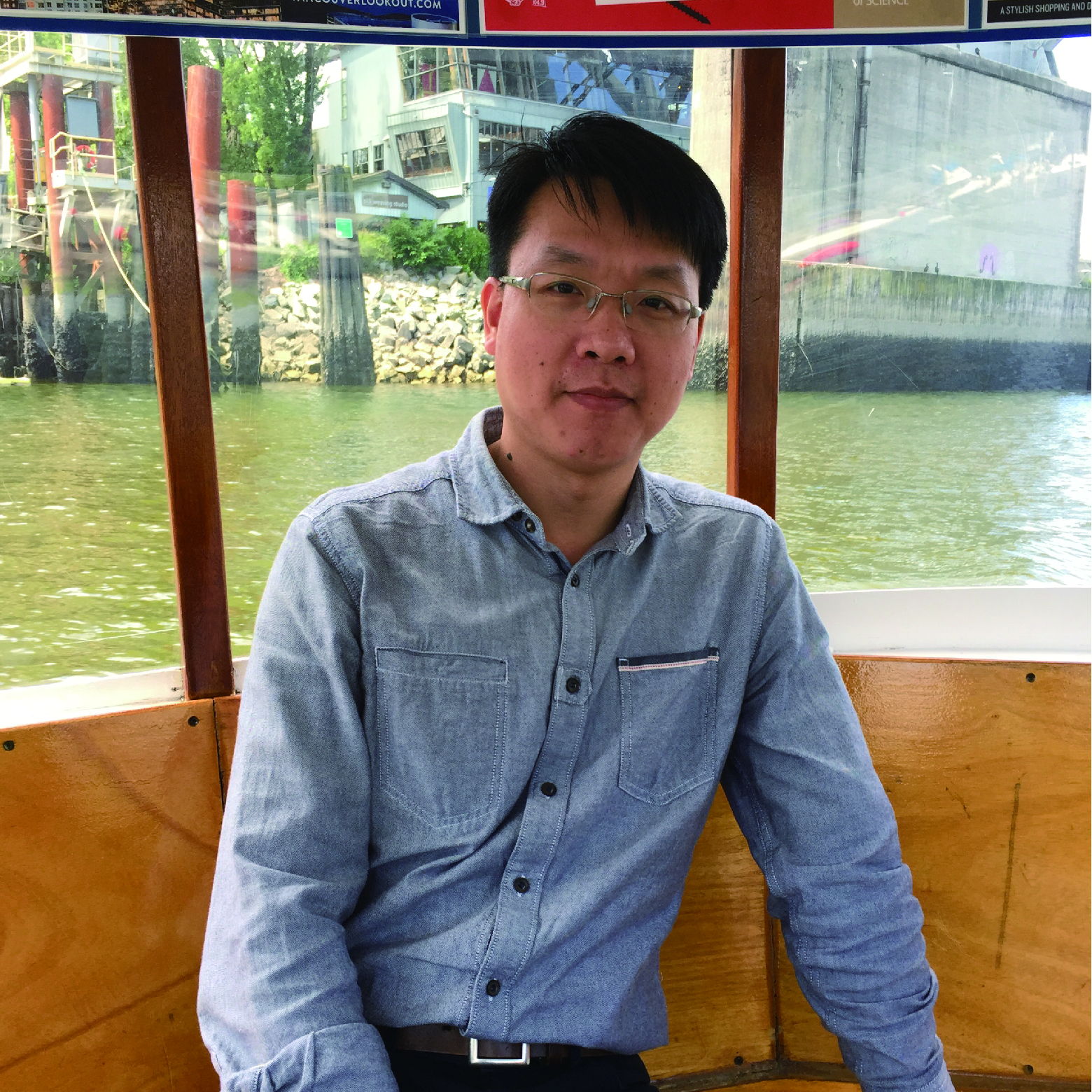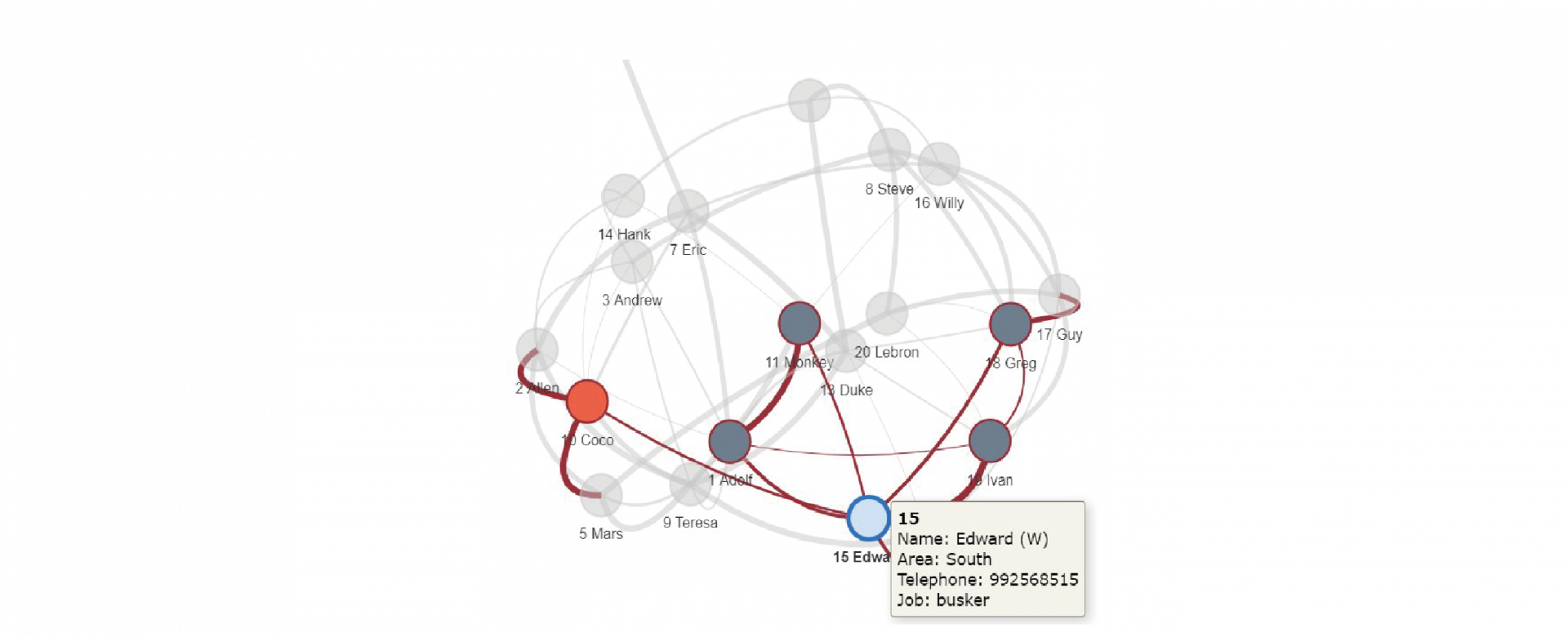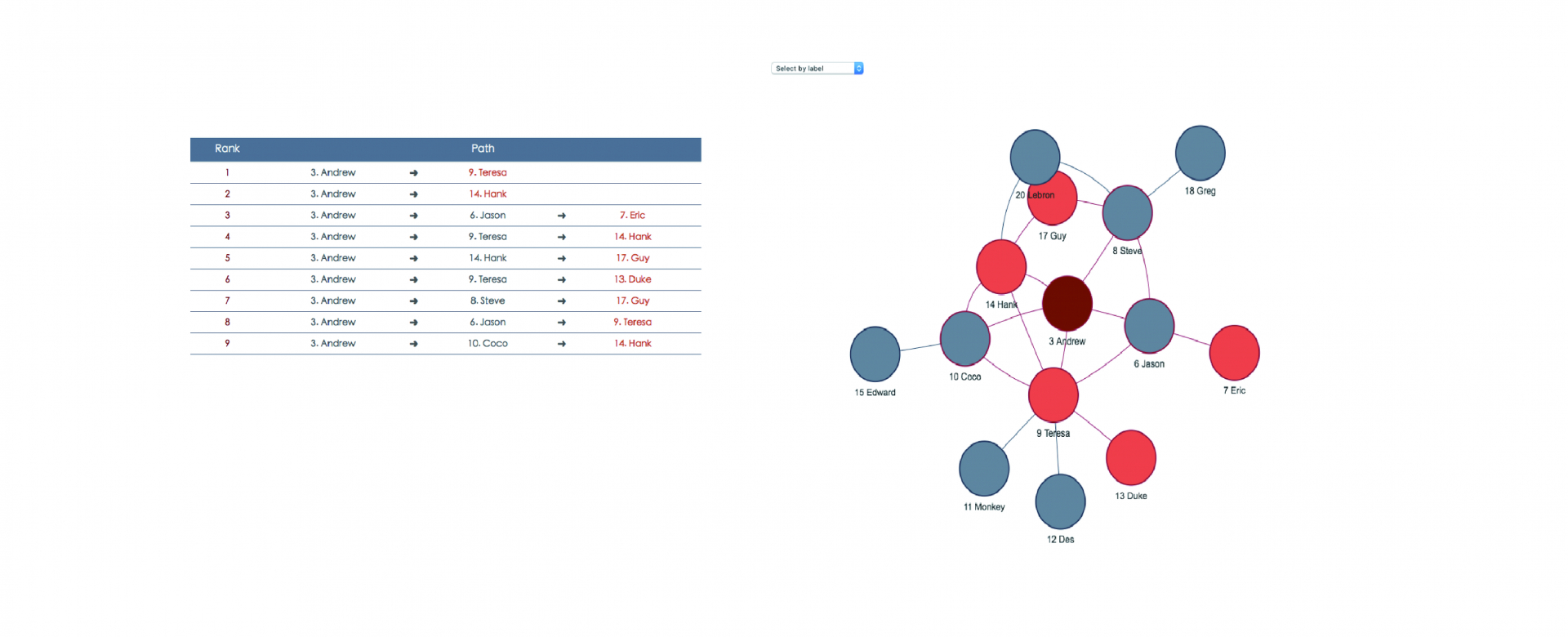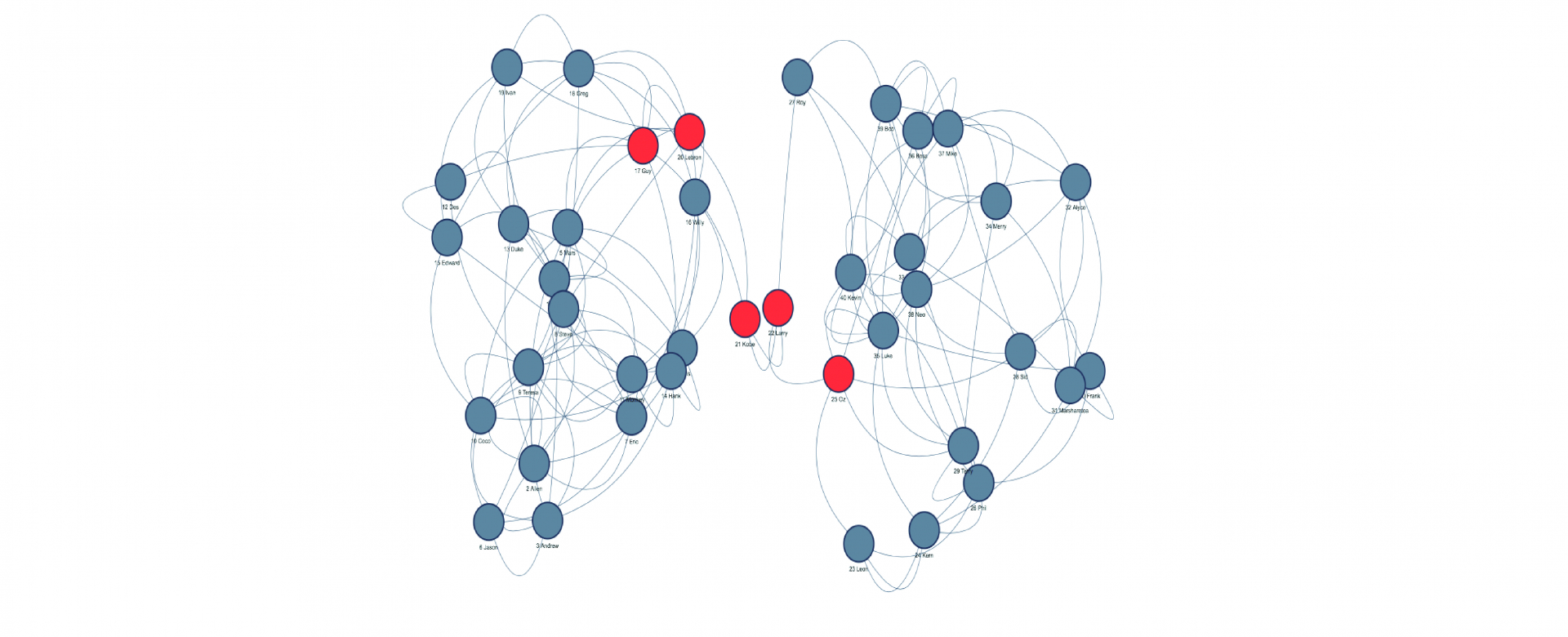Featured Scientist

Chien-Hsiang Liao, Ph.D.
Associate Professor
Department of Information management
Education & Academic Qualifications
Ph. D.
National Central University
Department of Information Management
Research Interests
Informetrics、Social Network Analysis(SNA)、 E-service、Service science
Building social computing system in big data: From the perspective of social network analysis
Large-scale data analysis is one of the current trends in science and technology. The purpose of this study is to improve the traditional social network analysis (SNA) algorithm and develop a set of social computing systems suitable for large volumes of data to discover unknown and valuable information in the social structure.
Social network analysis (SNA) is often used to explore the connections between the nodes in the network. However, in the past, SNA software (such as UCINET) could only be applied if the node was known. In this study, we improve the existing SNA algorithm, which can be used to find practical results or business strategies under the condition of large amounts of data or constantly updated data. In addition, a web version of the application programming interface (API) is also developed to enable real-time analysis results to be generated after the users linking or uploading the data. For example, bankers can map customer data into a network diagram to identify potential customers who are interested in stocks or funds, or present new stock information to clients, through whom they can disseminate information in the most efficient way. In terms of system evaluation, this study involved qualitative interviews with several senior managers in the financial industry. Feedback received about the system is largely positive. For example, the system can save research and development resources and be integrated with the marketing strategy of the enterprise. User feedback on the use of the system is also supported quantitatively. In the same experimental situation, the time spent to search the target, the correctness of the target searches, the ease of operation and the enjoyment of searching the target using this system are significantly improved compared to experiences without using the system. Most importantly, the improved algorithm and system structure in this study can used by future researchers and applied to a variety of industries. The medical industry, for example, could use the analysis to find relationships between various complications and which complications to control to reduce mortality rates. Future researchers can develop different commercial applications based on the improved algorithm and structure depending on the field of their research.
167 views


